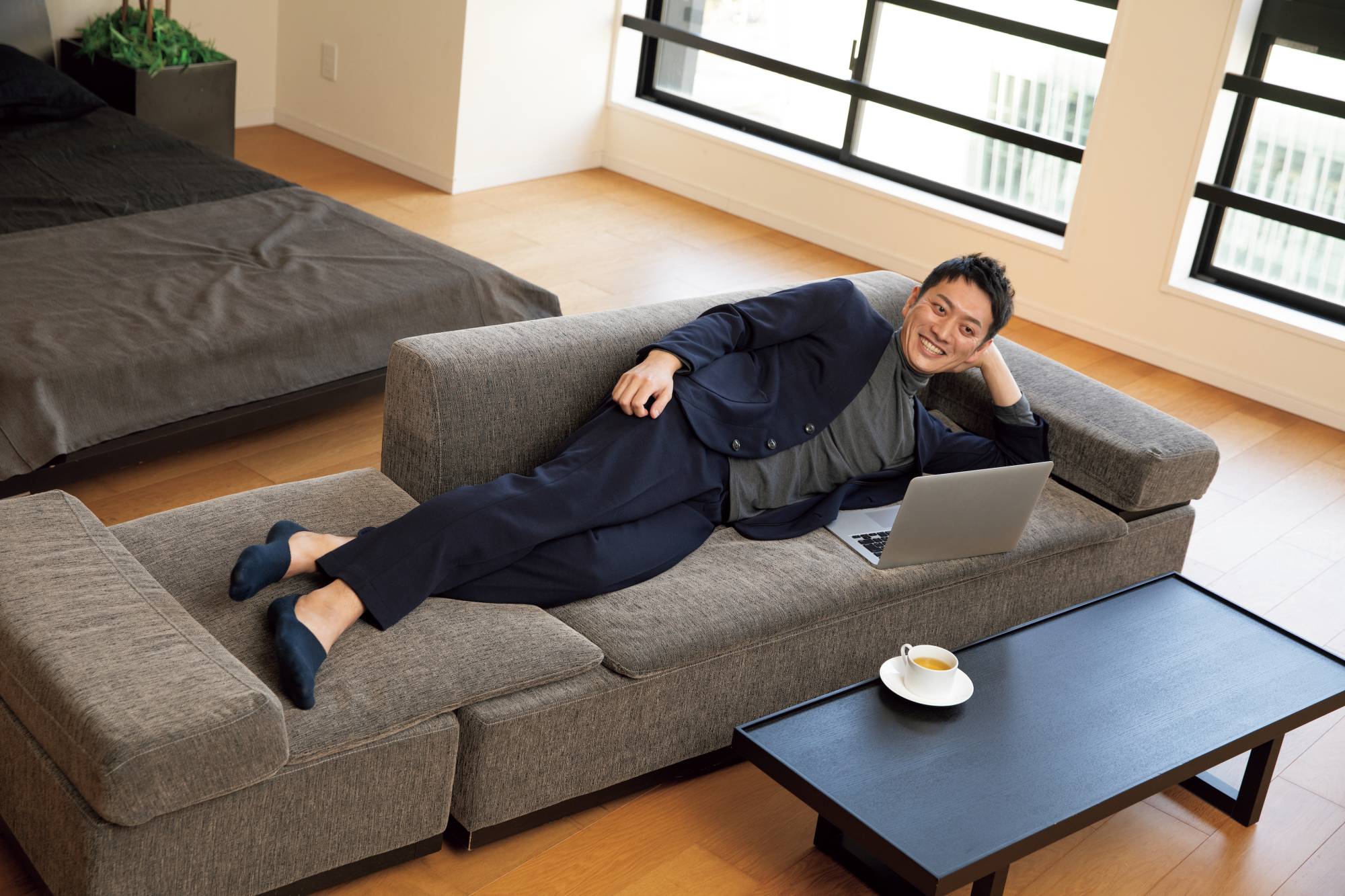It seems hard to believe, somehow, that half a century has passed since 1971. That year, as a result of the "Nixon shock," the value of the Japanese yen — after decades of being pegged at an export-favorable ¥360 to $1 — rose to ¥308 to $1 under U.S. pressure. In July, McDonald's opened its first hamburger outlet beside the Mitsukoshi department store in Tokyo’s chic Ginza neighborhood. Its basic hamburger sold for ¥80.
On May 1, 1971, the Nihon Keizai Shimbun launched the Nikkei Ryutsu Shimbun, a thrice-weekly trade publication covering retailing and distribution. To draw attention its new publication, its management — realizing the Japanese innate love of hierarchies — struck upon the idea of listing the year's most popular hit products using a banzuke (ranking list) in the traditional calligraphic style of sumo and kabuki. In descending order, the products corresponded to sumo's yokozuna (grand champion), ōzeki (champion), sekiwake (junior champion) and so on, down the line.
The timing was not coincidental. By the end of the 1960s, marketing analysts realized Japanese consumers were not only purchasing goods to meet their material needs, but also out of a desire for psychological satisfaction, through preferences for products more closely attuned to their personal tastes and lifestyles. So from around this time, manufacturers had begun the process of niche marketing and diversification.



















With your current subscription plan you can comment on stories. However, before writing your first comment, please create a display name in the Profile section of your subscriber account page.